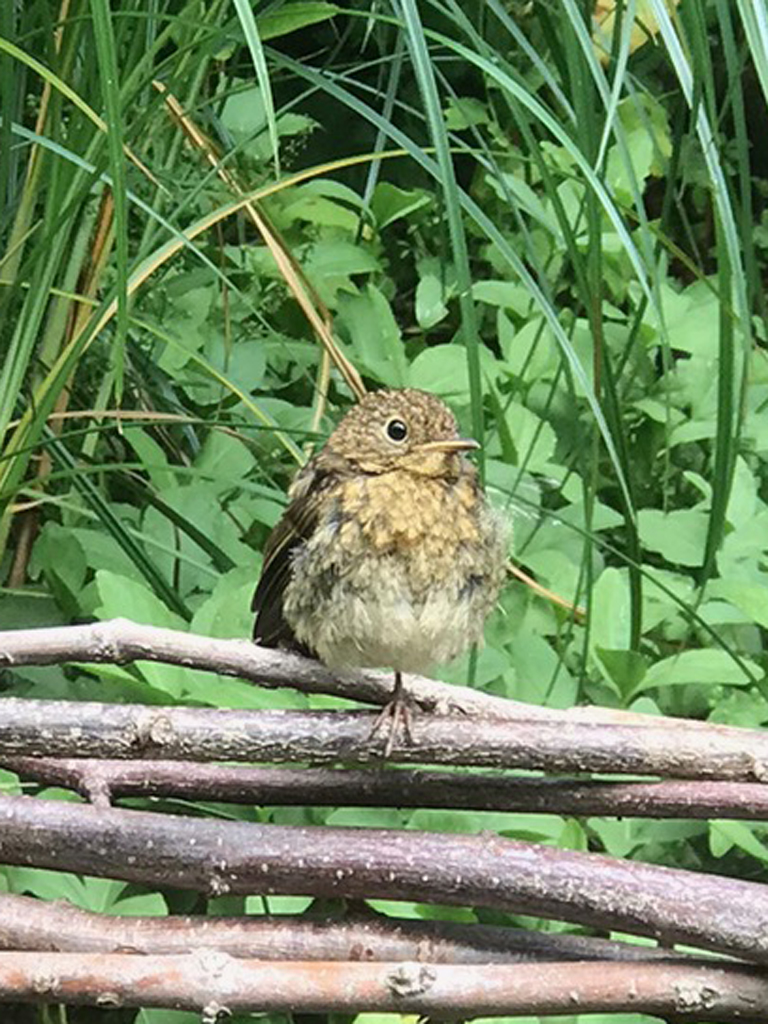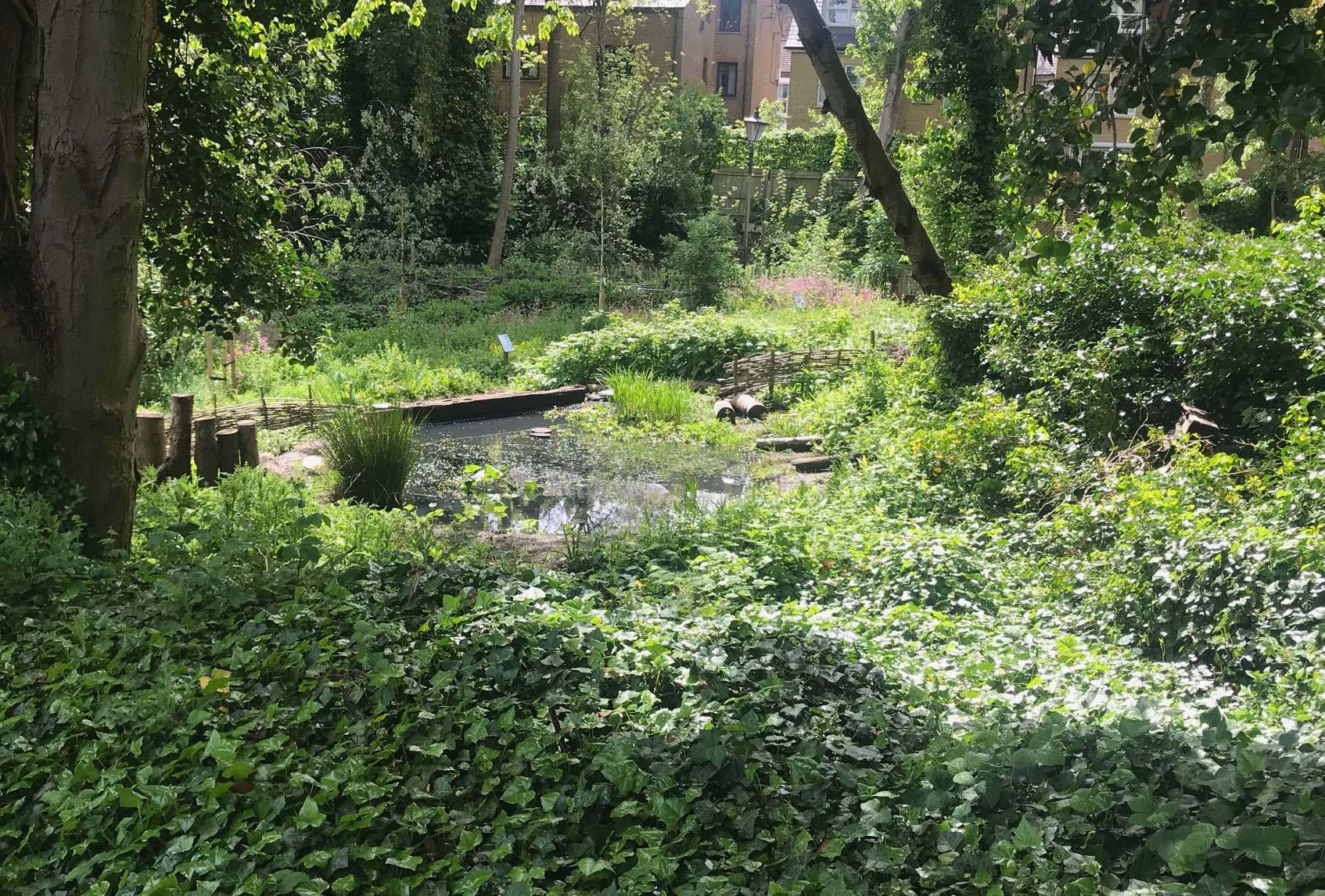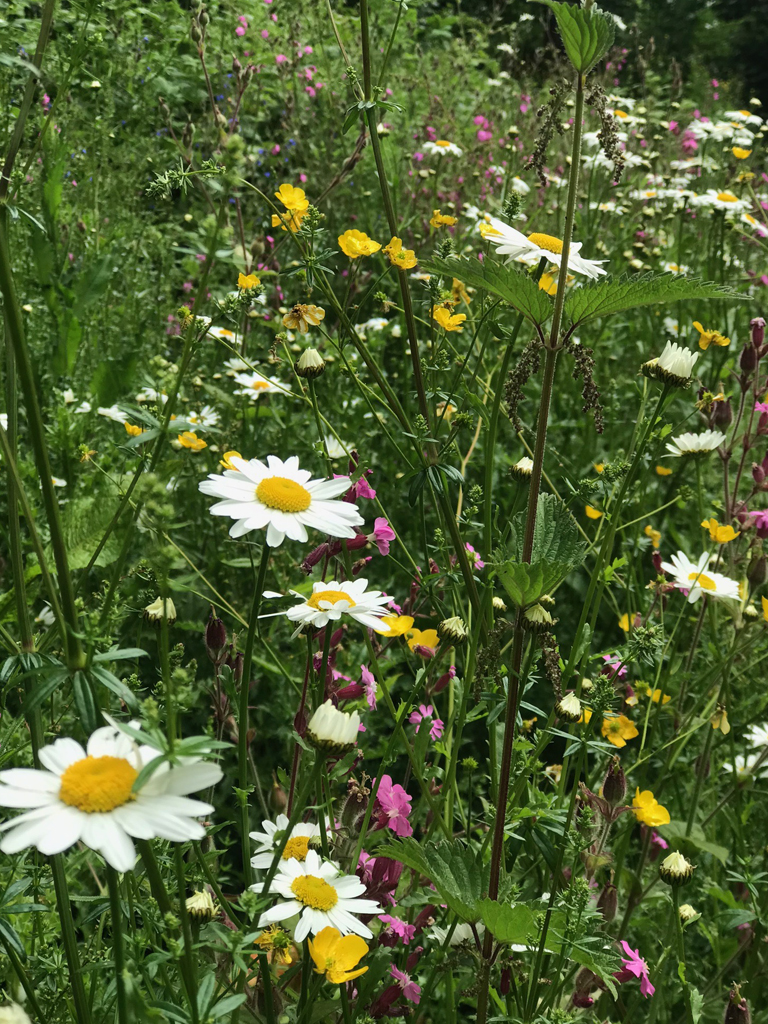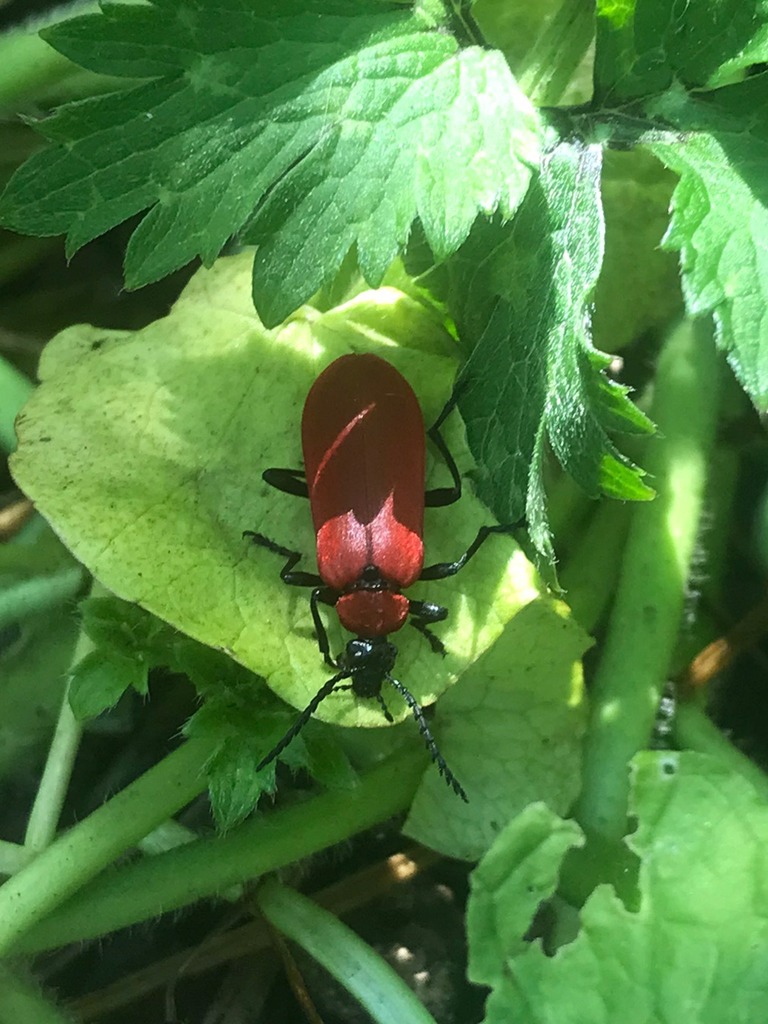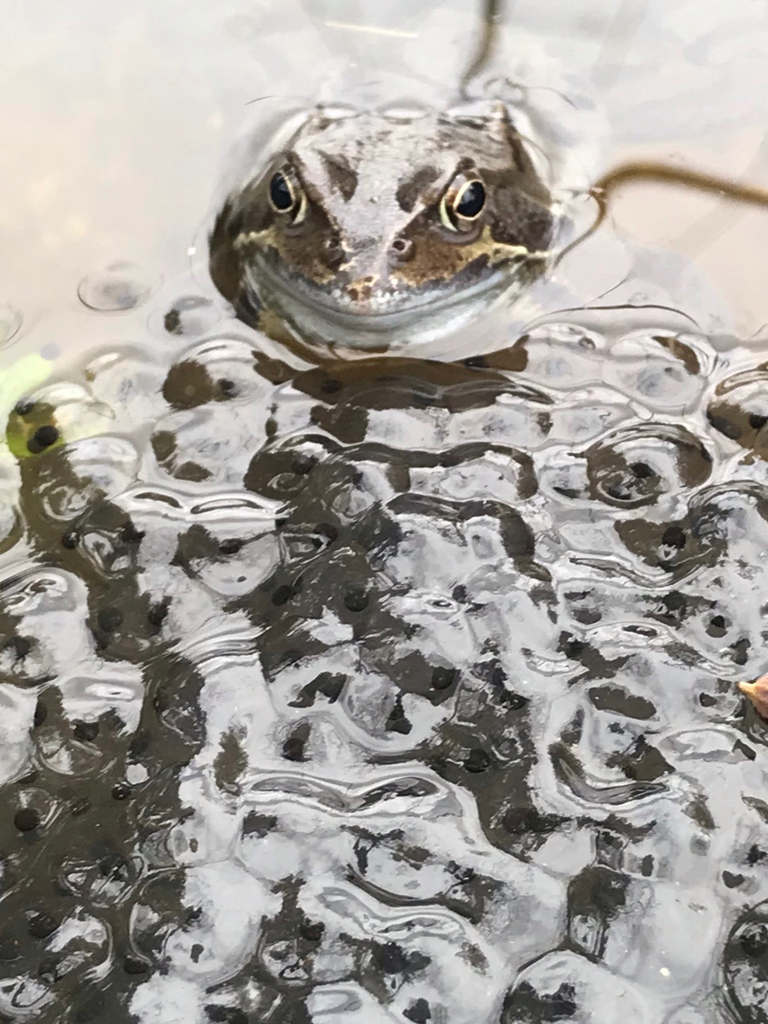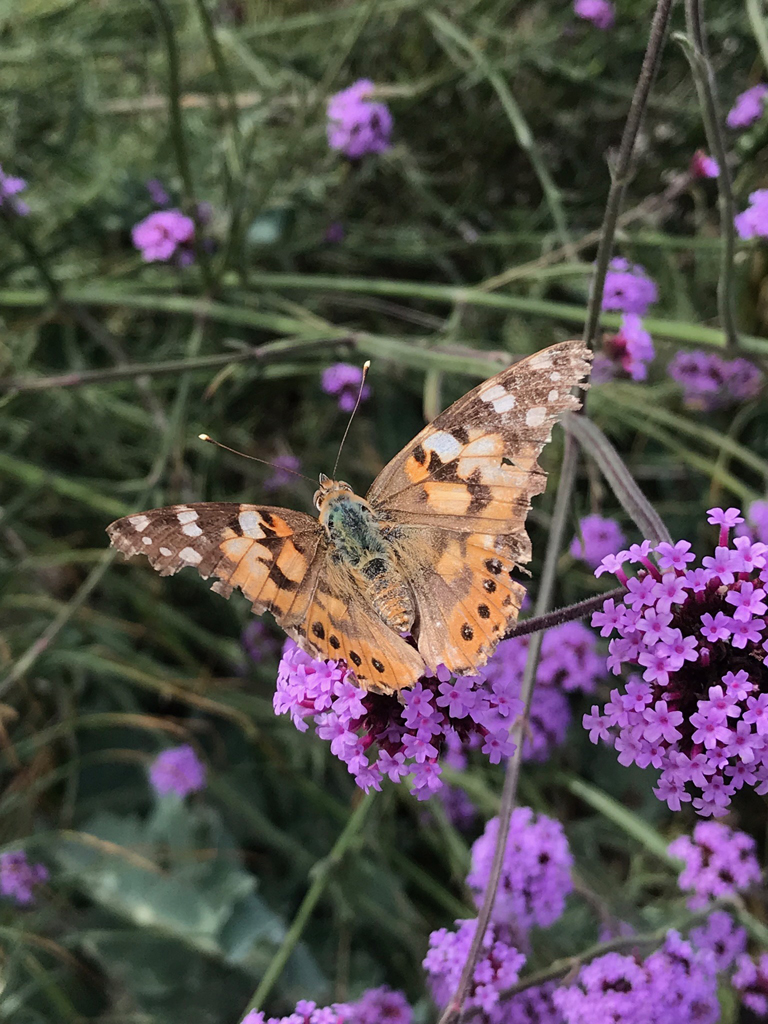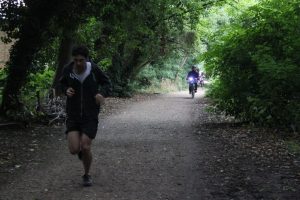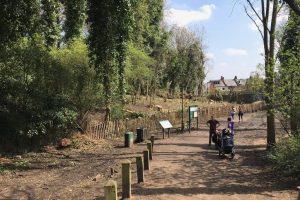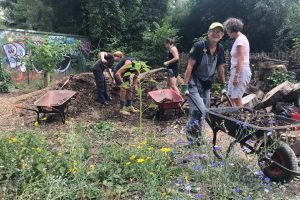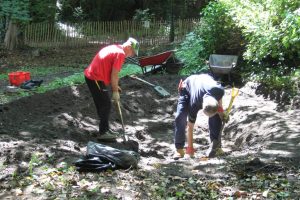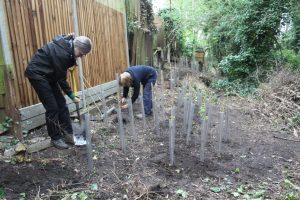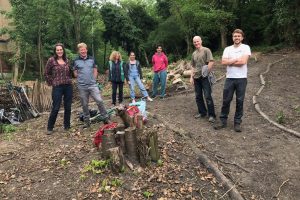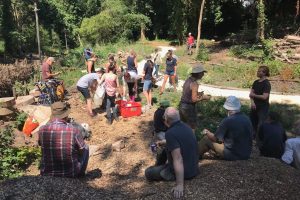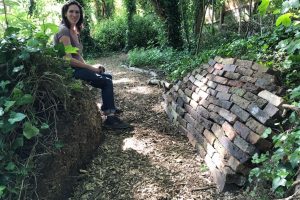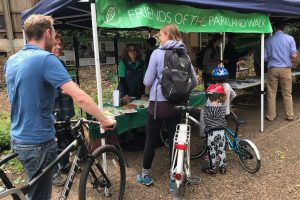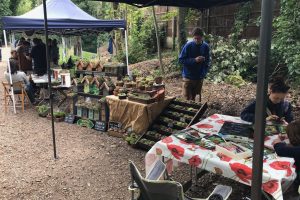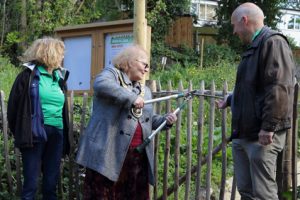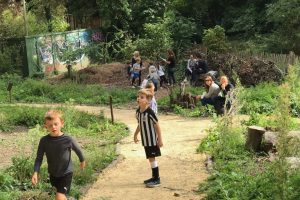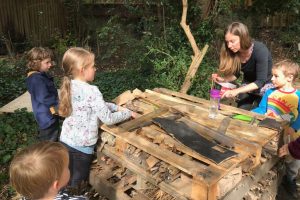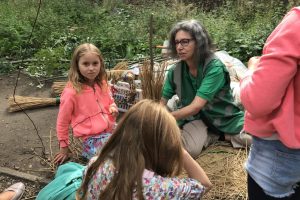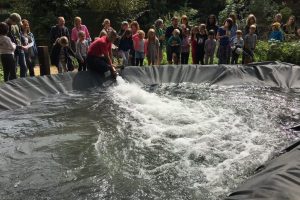The Wildlife Trail is a conservation project based at the Highgate end of Parkland Walk South (MAP) . It’s entirely different from any other part of the Parkland Walk. The topography is quite unique being on gently sloping ground as opposed to the steep embankments that are a feature of the rest of the nature reserve. We aim for it to be open every day of the year (subject to the availability of our volunteer gatekeeper team). It’s locked up overnight for its own protection.
The area is carefully managed by a team of volunteers who meet every Wednesday under the guidance of botanist Poppy Mercer.
The aim is to manage portions of the site to enable as broad a range of natural flora as possible and to see how this translates into invertebrate take-up. In a very short time the signs have been very promising. A flora survey was carried out by botanist David Bevan in 2015 and we can already see huge adoption by new ‘pioneer plants’. Some may have already been present in the seed bank just waiting for the right conditions.
There is now a rolling survey of flora and invertebrates as we develop a more scientific approach and we have invaluable support from some local entomologists. Many of the insects we have spotted can be seen on the Bees, bugs and beetles page of our website.
The seeds of the project
In late 2015, the then conservation officer for Haringey Ian Holt, gave the Friends permission to submit a proposal for a scheme to improve what was acknowledged to be an area of very poor value to nature. The area had developed a closed tree canopy blocking out all light and enabling only a very limited number of plants that could cope.
A design submitted by the then Chair of the Friends, Simon Olley, was approved. The essence was to create a glade by removing a dense group of ash trees thus light into the site throughout the day. A path would lead visitors around a site that develops from a meadow on the south eastern side into a woodland on its north western boundary. This would mimic a woodland edge – vastly improving the ecological value and ideal for a broad range of flora and with it, greater opportunities for invertebrates. Crucially a pond, with water sourced from rainwater run off from the roofs of nearby houses, would feature in the centre of the site.
Funding came along in the form of two community grants via the Tesco Bags of Help Initiative where the supermarket chain redistributed monies raised from the sale of carrier bags to local projects. We were fortunate to receive £12,000 to establish the project. Ongoing costs are now met by funds from the Friends of the Parkland Walk.
- When darkness ruled
- Light at last
- Barrowing wood chip
- Digging out the pond
- Planting hedge whips
- A stag beetle loggery
- TCV team lunch
- Georgia's 'fallen wall'
- Opening day with...
- stalls and a visit from...
- The Mayor
- What's this then?
- Stocking up a bug hotel
- Making reed brooms
- LFB filling the pond
A little back history
This site has had many transformations. When you look at the area from the main path you will notice a strangely isolated house on your right – 3 Francis Place. Prior to the construction of the Edgeware, Highgate and London Line in 1867 there were three houses – numbers 1 and 2 being to the left of the remaining house. At the time the houses were linked by a road to Archway Road. Construction of the railway cut off that access and Great Northern Railways acquired the houses and demolished two. Brick rubble is still very much present along the back section of the Wildlife Trail. They kept the third one on for railway employees.
A narrow footbridge provided access from Archway Road – the end of the footbridge coming out where the houses on Shepherds Close are now. In fact you can just make out the point where the footbridge ended.
When the railways passed the land over to Haringey they included 3 Francis Place which Haringey sold off with covenants in place intended to afford the nature reserve some protections.
At some point, a small playground was built to the left of the house*. Unfortunately it was not well maintained and soon ran into disrepair and was dismantled. When we began preparing the site to become a nature trail we discovered some signs of the old playground including the base of a playground feature (possibly a slide with a fenced platform), an area of sand, some paving stones with rubber covers and a small toy gun.
Once the playground had gone, the site was left to its own devices and over the years the trees closed the canopy and it became a very dark area with the ground completely covered in ivy. It was at this point that the Friends stepped in to try and breathe new life into the area. The project got off to a difficult start, with some strong local opposition, but is now largely accepted and loved by our neighbours, some of whom are involved in gatekeeping duties or have kindly allowed us to access the rainwater from their roof guttering.
* If you can add anything to this story please drop us a line especially if you have a photo of the playground.
Ideas to employ at home
We believe what we are doing is important in bringing recovery to a declining and depleted natural world. The UK is at the bottom of the list of G7 nations when it comes to species decline and third from last in the whole of Europe.
All of the ideas we are trialling can be easily adopted in a conventional garden – it’s just a question of seeing gardens in a different light, one that puts nature at its heart. You’ll see many simple ideas in action on the trail.
We’re particularly proud of our pond. Keeping water levels up was always going to be a challenge now that long dry summers are a more regular occurrence. We didn’t want to be adding tap water so we created our own sustainable drainage system. We now route rainwater runoff from one of the houses on Shepherds Close into two storage tanks nestled behind the pond. When pond levels drop, we can release stored water from the tanks, thereby supplementing what meagre rainfall there is. You could rig up something similar if you have a rainwater butt.
The idea has proved so effective we are now working with Haringey Council to install a nature pond near Stanhope Bridge that will top itself up using rainwater stored from drainage on the new Stanhope Bridge via a cistern.
There are so many simple ways to make your garden nature friendly:
- Have a wild untidy corner which you allow to get overgrown
- Create a messy woodpile with your garden trimmings
- Plant a group of hedgerow whips
- Grow butterfly and pollinator friendly plants
- Put up a bird feeder
- Plant night-blooming flowers to attract evening pollinators
- Create a small pond – even a washing up bowl sunk into the ground
- Keep paving and concrete surfaces to a minimum
- Consider hedging as an alternative to panel fencing
